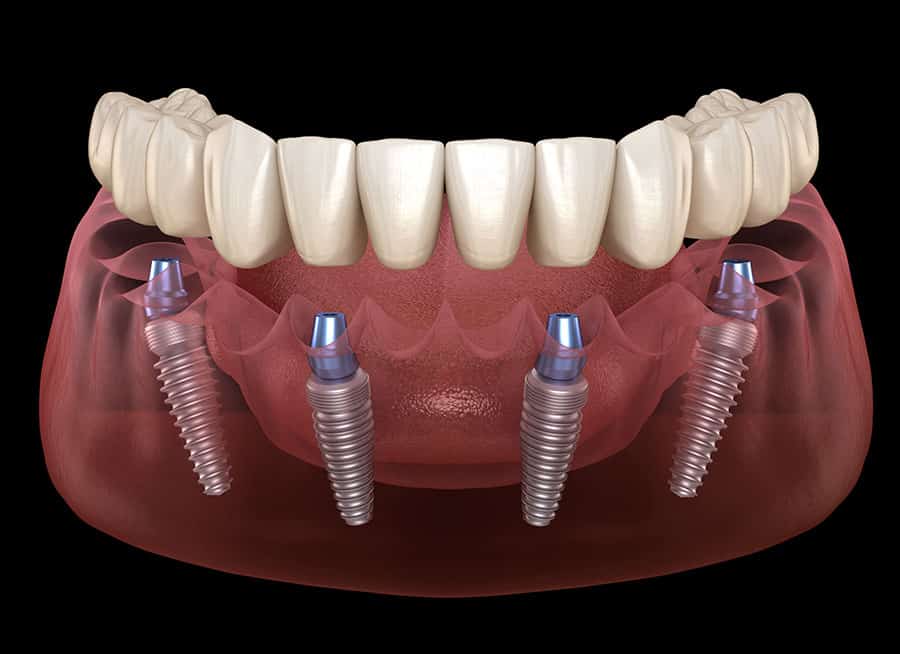In several instances, implant makers have made changes to the style of the implant because of improved achievement prices observed with a player implant that has the appropriate research and medical documentation. With the dental implant business rising annually, this problem won’t stop to exist.
Your competitors for the dental implant industry is fierce, and after patents have terminated on tested devices shown to be suitable for human use, some implant makers can duplicate the style of those devices. Implant manufacturers seeking a spot in the aggressive dental implants washington dc industry may copy the look of an implant that’s an expired patent, save for a small change here and there. These implants are called clones and are advertised to dentists at a somewhat reduced fee. In most situations, these implant clones have positively NO clinical documentation to confirm their manufacturer’s claims. In reality, these businesses use literature given by the implant producer from whom they are copying!
To keep up with new implant companies which are having greater over all achievement prices, some companies will copy a specific portion of the competitor’s implant and claim that answers are related with the recently added portion. Conceptually that is sensible, but typically a combination of style characteristics are responsible for many implant suppliers’increased achievement rates. By presenting a notion that’s found to improve accomplishment costs in still another implant program (albeit with minimum scientific documentation), implant producers may thereby retain their current clientele, and thus medical practioners do not need to concern yourself with having to buy another implant system.
Dental implants are materials, and metals fatigue. A significant amount of implant manufacturers that have cloned different programs with ample medical certification have gone bankrupt and as a result, can’t offer their item to the dental profession. In many cases when components for these implant techniques crash, it is very hard or almost impossible to buy substitute parts. This might leave the in-patient who has received a cloned implant placed in their mouth with the unfortunate predicament of not being able to own it restored.
Do some study on the practitioner who’s recommending the implant and whether he or she has knowledge in implant dentistry. Ensure that the average person placing the dental implant has medical knowledge from an certified specialty program or a comprehensive operative course with proper training. Prior to having the implant put, consult with a general dentist or prosthodontist so the implant enamel can be effectively treatment planned and eventually, effectively restored. At your initial precise consultation visit, question your dentist the type of dental implant he or she uses. Ask about how much research has been completed on that specific form of implant and it’s accomplishment and success rates. Ultimately, speak to your medical practitioner at length and ask as to the kind of implant being put and his or her basis for proposing that kind of implant.
In the past, dentists could try to help keep or replace teeth with treatments such as for instance root canals, links, and fixed or removable dentures. Unfortuitously, an important amount of root canal treated teeth fail, bridges involve that healthy surrounding teeth be reduce and detachable dentures can usually be volatile and require the utilization of difficult adhesives. Dental implants really are a means to fix these problems, and most of the problems associated with natural teeth are eliminated, including dental decay.
Single-tooth implants may be used in people that are lacking one or more teeth. An tooth implant is surgically put in an opening that’s produced by your dentist in the jawbone. Following the implant combines (attaches) to your bone, it works as a new “origin” for the crown that’ll be changing your missing tooth. A top (cap), which is built to appear like an all natural enamel, is attached to the implant and floods the room remaining in the mouth by the lacking tooth.
